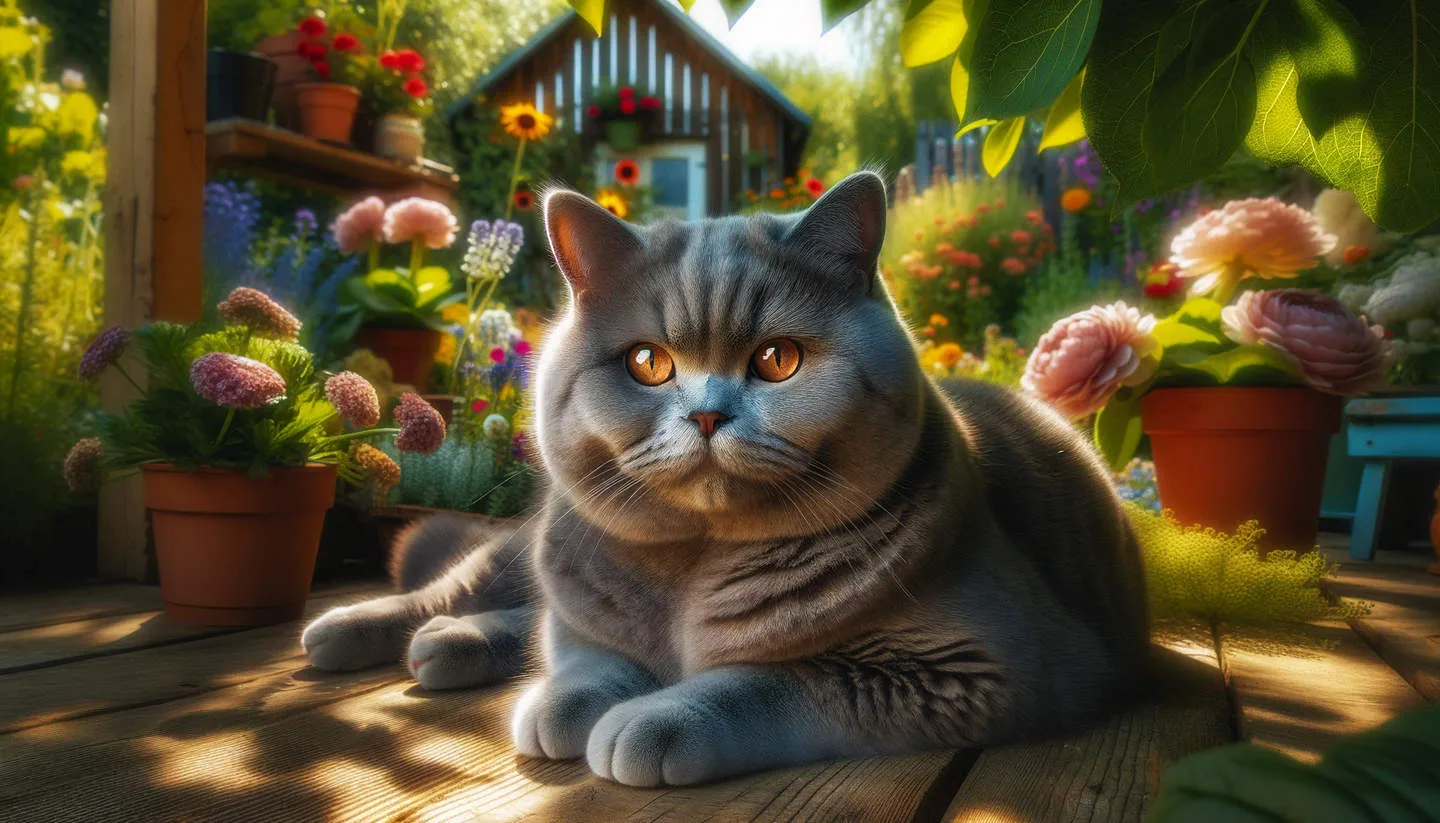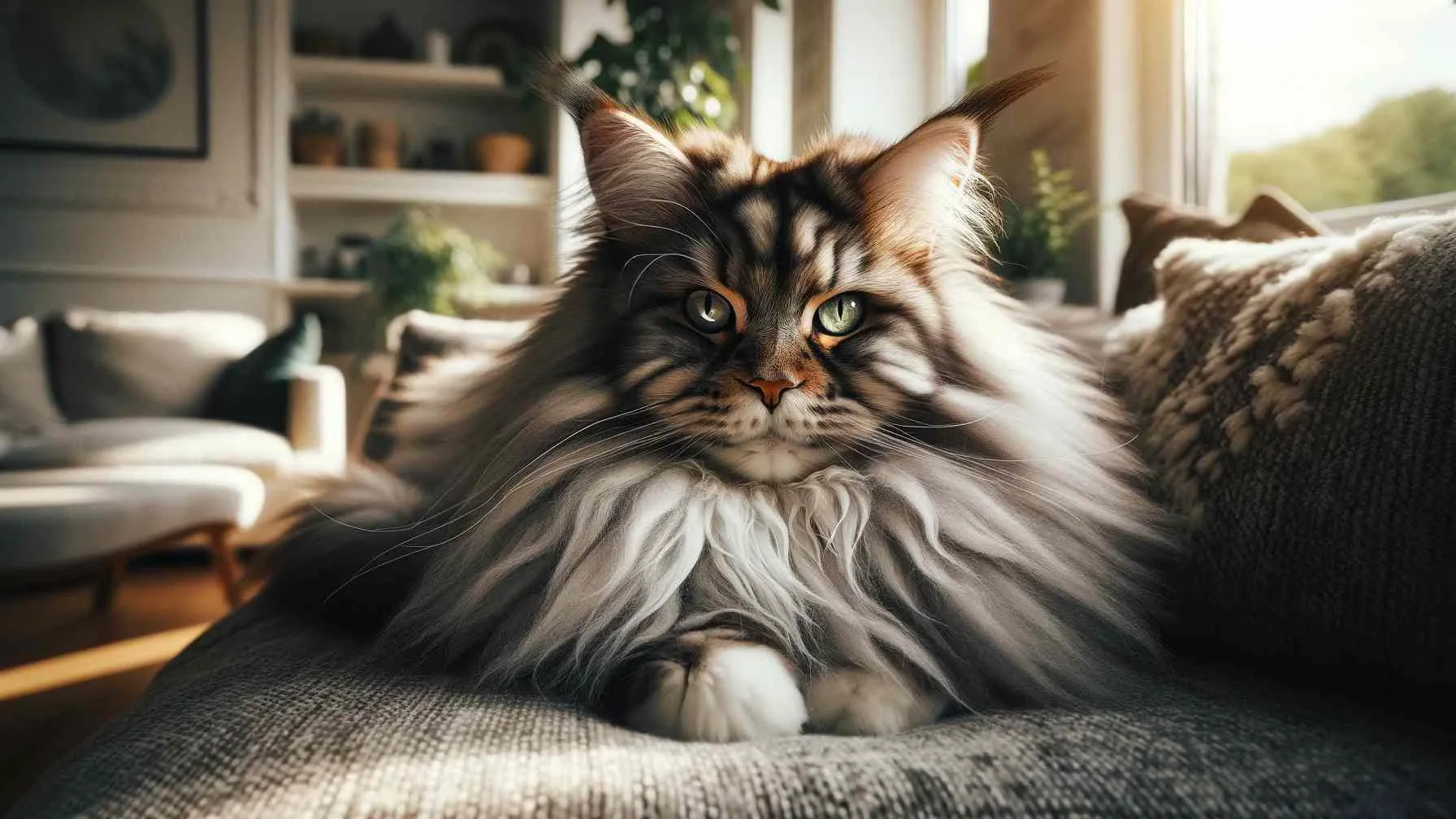Perplexed by the discomfort your British Shorthair may be experiencing due to ingrown nails? As a proud owner of a British Shorthair, I understand the importance of ensuring their well-being and comfort. It’s crucial to recognize the signs of ingrown nails and take immediate action to address the issue. In this guide, I will provide you with valuable insights on how to identify, treat, and prevent ingrown nails in your beloved feline companion.
Key Takeaways:
- Ingrown nails can cause significant discomfort for British Shorthairs and should be addressed promptly by a veterinarian.
- Regular nail trimming and maintenance can help prevent ingrown nails in British Shorthairs, reducing the risk of discomfort and potential complications.
- Observing your cat’s behavior and checking their paws regularly can help you identify any signs of ingrown nails and seek timely treatment to ensure your cat’s comfort and well-being.
Types of Ingrown Nails Conditions in British Shorthairs
Assuming you suspect that your British Shorthair may have a problem with its nails, it is important to understand that there are several types of ingrown nail conditions that can affect your feline friend. Here is a breakdown of the most common ones:
- Onychocryptosis, also known as an ingrown toenail
- Paronychia, a bacterial or fungal infection around the nail
- Nail bed infections
- Feline pododermatitis
- Overgrown or curly nails
Perceiving the specific type of ingrown nail condition affecting your British Shorthair is crucial in addressing the problem effectively and ensuring your pet’s comfort and well-being.
Overview of Different Ingrown Nail Problems
Ingrown nails in British Shorthairs can present in various ways, from the nail growing into the skin to infections developing in the nail bed. Each type of ingrown nail condition requires a different approach to treatment and management in order to alleviate discomfort and prevent further complications.
How Each Type Can Influence Your British Shorthair’s Comfort
Understanding how each type of ingrown nail condition can affect your British Shorthair is crucial in ensuring your pet’s comfort and well-being. Onychocryptosis, for example, can cause pain and inflammation in the affected nail, while paronychia can lead to discomfort and potentially serious infections. Proper identification and treatment of these conditions are essential in maintaining your pet’s paw health.
Factors Influencing Ingrown Nails in Cats
Any cat owner knows that ingrown nails can cause discomfort to our beloved pets. There are several factors that can contribute to the development of ingrown nails in British Shorthair cats.
- Failure to trim nails regularly
- Obesity
- Genetic predisposition
Recognizing these factors and taking proactive steps to address them can help prevent ingrown nails in your British Shorthair. For more information on nail trimming, you can read my blog post How Often Should You Clip A British Shorthair Cat’s Nails?
Common Causes of Ingrown Nails in British Shorthairs
Ingrown nails in British Shorthairs can be caused by a variety of factors, including improper nail trimming, obesity, and genetic predisposition. These factors can lead to the nails growing into the paw pad, causing pain and discomfort for your pet.
Identifying High-Risk Factors in Your Pet
Knowing the high-risk factors for ingrown nails in your British Shorthair can help you take proactive steps to prevent them. Factors such as obesity, improper nail trimming, and genetic predisposition can increase the likelihood of ingrown nails. By keeping an eye on these factors and taking appropriate measures, you can help keep your pet healthy and comfortable.
Step-By-Step Tips to Handle Ingrown Nails
After identifying the symptoms of ingrown nails in your British Shorthair, it’s important to take the appropriate steps to address the issue. Here are some practical tips to help you manage your cat’s ingrown nails:
- Regularly trim your cat’s nails to prevent them from becoming overgrown and potentially ingrown.
- Provide a scratching post or pad to encourage natural nail wear and prevent ingrown nails.
- Observe your cat’s gait and behavior for any signs of discomfort or limping, which could indicate ingrown nails.
- If you notice any signs of ingrown nails, seek veterinary advice and assistance for proper treatment.
Perceiving and addressing ingrown nails in a timely manner can prevent discomfort and potential complications for your British Shorthair.
Understanding the Need for a Special Approach in Cats
Cats have unique anatomy and behaviors that require a special approach when it comes to managing ingrown nails. Unlike dogs, cats typically use scratching posts to naturally wear down their nails, and their nails are retractable, which can make it challenging to identify and address ingrown nails. Therefore, it’s crucial to be mindful of these differences and take a tailored approach to address ingrown nails in British Shorthairs.
Step-by-Step Guide to Address Ingrown Nails in British Shorthairs
When it comes to addressing ingrown nails in British Shorthairs, it’s important to take a systematic approach to ensure the safety and comfort of your feline companion. Here are some practical steps to guide you through the process:
| Step 1: Examine your cat’s paws and nails regularly to spot any signs of ingrown nails. | Step 2: Consult with a veterinarian to determine the best course of action for trimming or treating ingrown nails. |
| Step 3: Use appropriate grooming tools and techniques to trim your cat’s nails with care and precision. | Step 4: Monitor your cat’s behavior and mobility after addressing ingrown nails to ensure they are comfortable and free from any discomfort. |
Pros and Cons of Professional vs Home Treatment
Your British Shorthair’s ingrown nails may be causing discomfort and pain, and as a responsible pet owner, it’s important to address this issue promptly. When it comes to treating ingrown nails, you have the option of seeking professional assistance from a veterinarian or addressing the problem at home. Each approach has its own set of pros and cons, and it’s important to weigh these carefully before making a decision.
| Professional Treatment | Home Treatment |
| Expertise and experience | Convenience and cost savings |
| Advanced equipment and facilities | Comfort and familiarity for the cat |
| Reduced risk of complications | Control over the process |
| Peace of mind for the owner | Ability to monitor progress closely |
| Higher cost | Potential for mistakes or injury |
| Stressful for the cat | Knowledge and skill required |
| Time-consuming | Risk of infection if not done correctly |
Benefits and Drawbacks of Vet Assistance
Seeking vet assistance for ingrown nails can provide the expertise and experience necessary to ensure the procedure is carried out safely and effectively. However, this approach can be costly and may cause stress to your British Shorthair.
Benefits and Drawbacks of Home Treatment Methods
On the other hand, addressing the issue at home can be more convenient and cost-effective, allowing you to monitor the process closely and provide a familiar environment for your cat. However, it requires a certain level of knowledge and skill, and there’s a risk of complications if not done correctly.
Are Ingrown Nails Causing Discomfort To Your British Shorthair’s Paws?
Considering all points discussed, it is crucial to regularly check and maintain your British Shorthair’s nails to prevent ingrown nails that can cause discomfort and pain. It is important to trim the nails properly and keep an eye out for any signs of limping or discomfort. If you notice any issues with your cat’s paws, it is advisable to seek veterinary assistance to address the problem. For more information on why your British Shorthair might be limping, you can refer to Why Is My British Shorthair Limping?.
FAQ
Q: What are ingrown nails in British Shorthairs and how do they cause discomfort?
A: Ingrown nails occur when the nails of a British Shorthair grow into the skin surrounding the nail bed. This can cause pain, discomfort, and even infection in their paws. The pressure from the ingrown nail can make it difficult for your cat to walk or groom themselves, leading to discomfort and potential health issues.
Q: How can I tell if my British Shorthair has ingrown nails?
A: Look for signs of limping, favoring one paw, or excessive licking of their paws. You may also notice redness or swelling around the nail bed. If your cat pulls away or shows signs of pain when you touch their paw, it could be a sign of ingrown nails. Regularly check their nails for signs of overgrowth and consult with a veterinarian if you suspect a problem.
Q: What can I do to prevent or treat ingrown nails in my British Shorthair?
A: To prevent ingrown nails, keep your British Shorthair’s nails trimmed to an appropriate length. If you notice signs of ingrown nails, seek veterinary assistance to safely and effectively trim the nails and address any potential infection. Your veterinarian can also provide guidance on proper nail care and recommend products to support your cat’s paw health.


